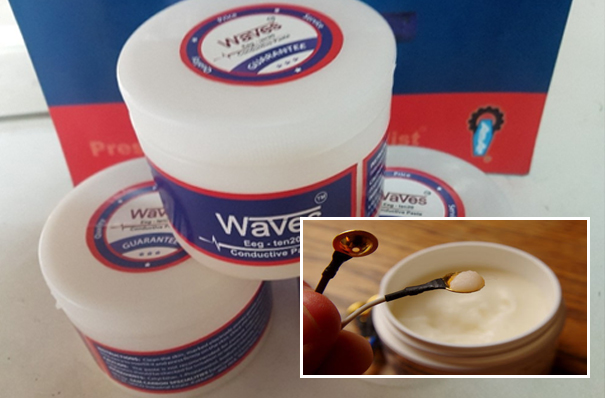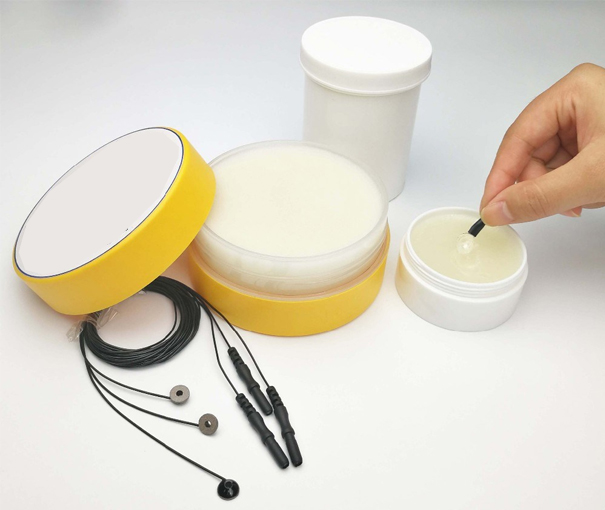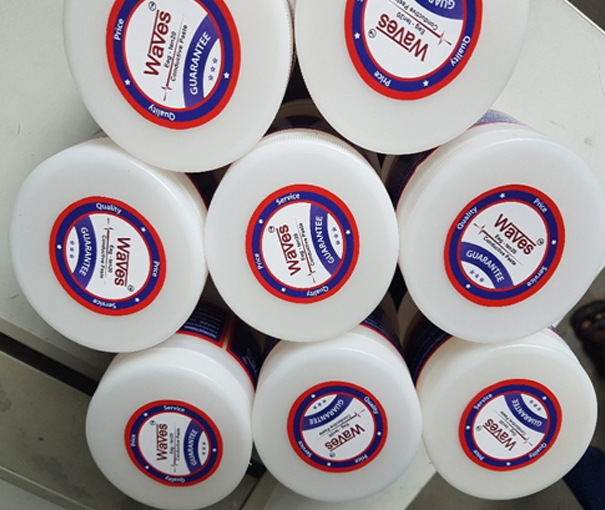Carbyne energy technologies is a young professional organization was incorporated in the year 2011 by a team of professionals. The team comprises of Bio-Medical Engineers who have experience in various Engineering & Medical fields. Paul Medical systems is widely trusted for its reliable products and dependable service to its Carbyne energy technologies broad range of products and services enable healthcare providers to better diagnose and other conditions earlier. Our Major product lines are flexible endoscope and rigid endoscope.
(Waves) Conductive Paste A0001 Rev 0 10-20-4, 10-20-8, 10-20-4T, 10-20-4TK, 10-20-2S Waves Conductive formulation contains: Cetyl Ether, Water, Glycerin, Calcium Carbonate, 1,2 Propanediol, Potassium Chloride, Thickener, Sodium Chloride, Polyoxyethylene 20 Sorbitol, Propylparaben.





